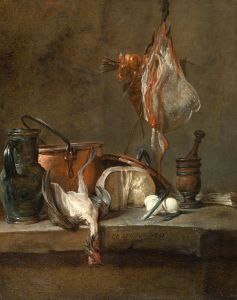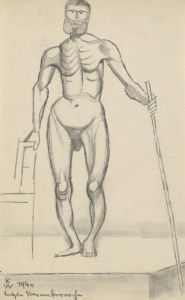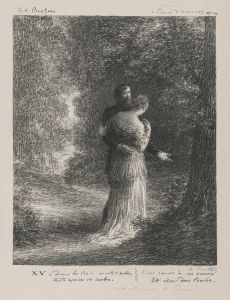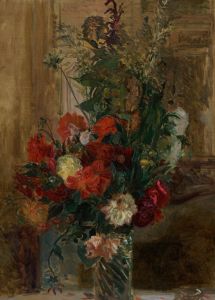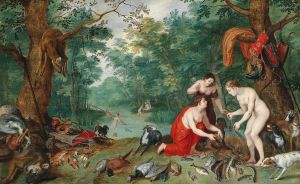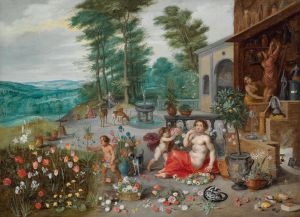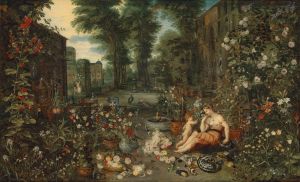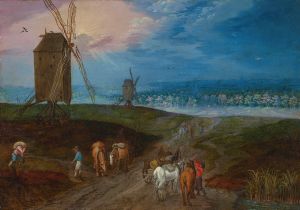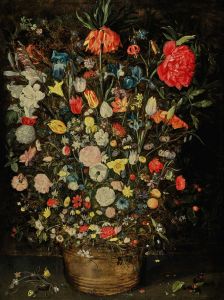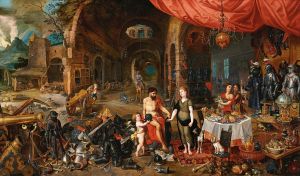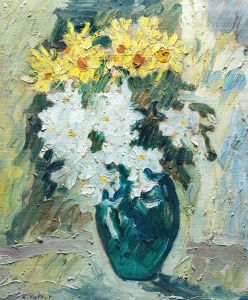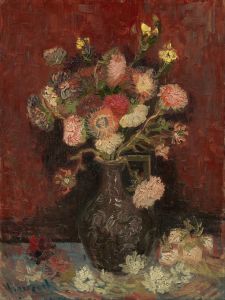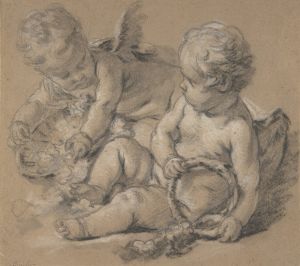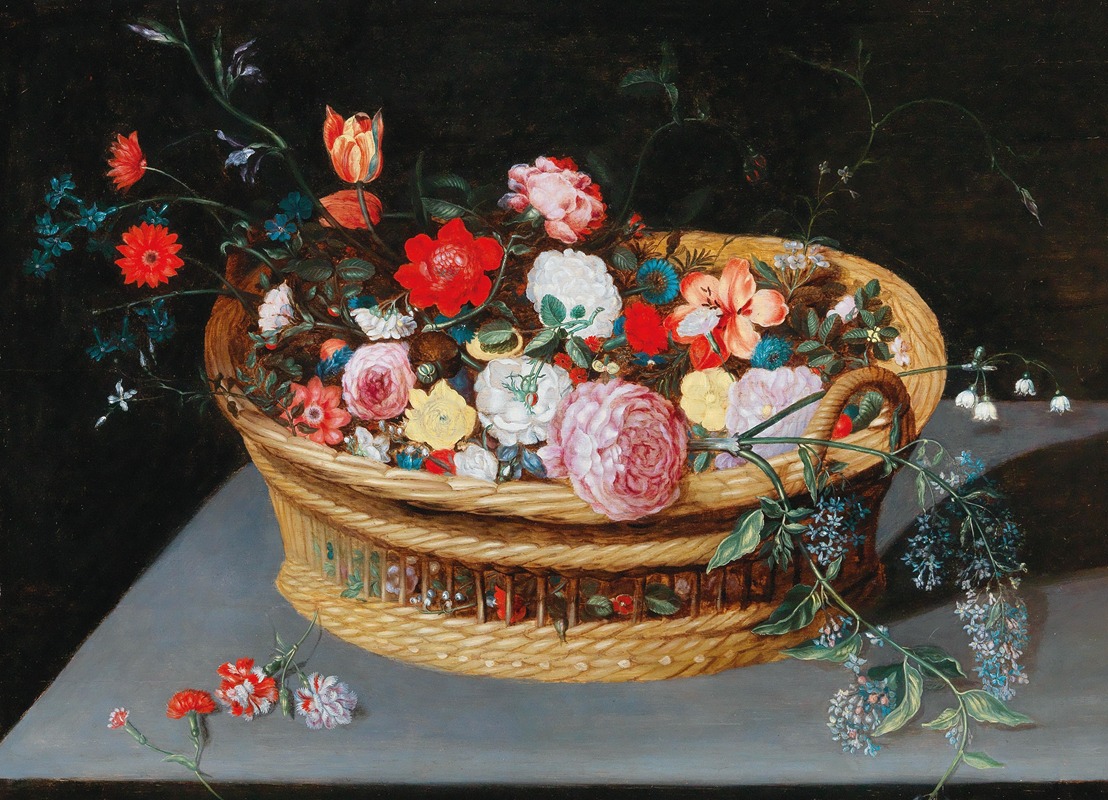
A basket with spring flowers on a stone table
A hand-painted replica of Jan Brueghel the Younger’s masterpiece A basket with spring flowers on a stone table, meticulously crafted by professional artists to capture the true essence of the original. Each piece is created with museum-quality canvas and rare mineral pigments, carefully painted by experienced artists with delicate brushstrokes and rich, layered colors to perfectly recreate the texture of the original artwork. Unlike machine-printed reproductions, this hand-painted version brings the painting to life, infused with the artist’s emotions and skill in every stroke. Whether for personal collection or home decoration, it instantly elevates the artistic atmosphere of any space.
Jan Brueghel the Younger, a prominent Flemish Baroque painter, is known for his detailed and vibrant still life paintings, landscapes, and allegorical scenes. Born in 1601 in Antwerp, he was the son of Jan Brueghel the Elder, a renowned painter in his own right, and the grandson of Pieter Bruegel the Elder, one of the most significant artists of the Northern Renaissance. Jan Brueghel the Younger continued the family tradition of painting, often collaborating with other artists and maintaining the Brueghel family's artistic legacy.
"A Basket with Spring Flowers on a Stone Table" is one of the many works attributed to Jan Brueghel the Younger. This painting exemplifies his skill in depicting still life compositions, particularly floral arrangements, which were highly popular during the 17th century. The painting showcases a basket filled with an array of spring flowers, meticulously arranged on a stone table. The choice of flowers and their arrangement reflect the artist's keen observation of nature and his ability to capture the delicate beauty of each bloom.
Brueghel's floral still lifes are celebrated for their vibrant colors and intricate details. In "A Basket with Spring Flowers on a Stone Table," the artist employs a rich palette to bring the flowers to life, highlighting the textures and subtle variations in color. The composition is carefully balanced, with the flowers arranged in a way that guides the viewer's eye across the canvas, allowing them to appreciate each individual element while also taking in the harmonious whole.
The stone table on which the basket rests adds a sense of stability and permanence to the composition, contrasting with the ephemeral nature of the flowers. This juxtaposition is a common theme in still life paintings of the period, often serving as a reminder of the transience of life and the passage of time. The attention to detail in the depiction of the stone surface, with its subtle variations in tone and texture, further demonstrates Brueghel's technical skill and his ability to render different materials convincingly.
Jan Brueghel the Younger's work was highly sought after during his lifetime, and he enjoyed the patronage of several prominent collectors and art enthusiasts. His paintings were appreciated not only for their aesthetic qualities but also for their symbolic meanings and the technical prowess they displayed. "A Basket with Spring Flowers on a Stone Table" is a testament to Brueghel's mastery of the still life genre and his enduring influence on the art world.
The painting is part of a broader tradition of floral still lifes that flourished in the Netherlands during the 17th century, a period often referred to as the Dutch Golden Age. Artists of this time were fascinated by the natural world and sought to capture its beauty and complexity in their work. Brueghel, with his meticulous attention to detail and vibrant compositions, played a significant role in shaping the development of this genre.
Today, Jan Brueghel the Younger's works can be found in major museums and private collections around the world. They continue to be studied and admired for their artistic merit and historical significance, offering insight into the cultural and artistic milieu of the 17th century. "A Basket with Spring Flowers on a Stone Table" remains a fine example of Brueghel's contribution to the art of still life painting, reflecting both his personal style and the broader trends of his time.





